
HISTORICAL STUDIES OF URBAN AMERICA
Edited by Timothy J. Gilfoyle, James R. Grossman, and Becky M. Nicolaides
Also in the series:
The Transatlantic Collapse of Urban Renewal: Postwar Urbanism from New York to Berlin
by Christopher Klemek
Ive Got to Make My Livin: Black Womens Sex Work in Turn-of-the-Century Chicago
by Cynthia M. Blair
Puerto Rican Citizen: History and Political Identity in Twentieth-Century New York City
by Lorrin Thomas
Staying Italian: Urban Change and Ethnic Life in Postwar Toronto and Philadelphia
by Jordan Stanger-Ross
New York Undercover: Private Surveillance in the Progressive Era
by Jennifer Fronc
African American Urban History since World War II
edited by Kenneth L. Kusmer and Joe W. Trotter
Blueprint for Disaster: The Unraveling of Public Housing in Chicago
by D. Bradford Hunt
Alien Neighbors, Foreign Friends: Asian Americans, Housing, and the Transformation of
Urban California
by Charlotte Brooks
The Problem of Jobs: Liberalism, Race, and Deindustrialization in Philadelphia
by Guian A. McKee
Chicago Made: Factory Networks in the Industrial Metropolis
by Robert Lewis
The Flash Press: Sporting Male Weeklies in 1840s New York
by Patricia Cline Cohen, Timothy J. Gilfoyle, and Helen Lefkowitz Horowitz in association with the American Antiquarian Society
Slumming: Sexual and Racial Encounters in American Nightlife, 18851940
by Chad Heap
For a complete list of series titles, please see the end of the book.
In the Watches
of the Night
LIFE IN THE NOCTURNAL
CITY, 18201930
Peter C. Baldwin
The University of Chicago Press CHICAGO & LONDON
PETER C. BALDWIN is associate professor of history at the University of Connecticut. He is the author of Domesticating the Street: The Reform of Public Space in Hartford, 18501930.
The University of Chicago Press, Chicago 60637
The University of Chicago Press, Ltd., London
2012 by The University of Chicago
All rights reserved. Published 2012.
Printed in the United States of America
21 20 19 18 17 16 15 14 13 121 2 3 4 5
ISBN-13: 978-0-226-03602-1 (cloth)
ISBN-10: 0-226-03602-2 (cloth)
ISBN-13: 978-0-226-03603-8 (e-book)
Library of Congress Cataloging-in-Publication Data
Baldwin, Peter C., 1962
In the watches of the night: life in the nocturnal city, 18201930 / Peter C. Baldwin.
p. cm. (Historical studies of urban America)
Includes bibliographical references and index.
ISBN-13: 978-0-226-03602-1 (cloth: alk. paper)
ISBN-10: 0-226-03602-2 (cloth: alk. paper)
1. NightlifeUnited StatesHistory. 2. Night workUnited StatesHistory. 3. Municipal lightingUnited StatesHistory. 4. Cities and townsUnited StatesHistory19th century. I. Title. II. Series: Historical studies of urban America.
HT123.B245 2012
306.760973'09034dc23
2011027441
 This paper meets the requirements of ansi /niso z39.48-1992 (Permanence of Paper).
This paper meets the requirements of ansi /niso z39.48-1992 (Permanence of Paper).
Portions of chapter 2 originally appeared in Peter C. Baldwin, In the Heart of Darkness: Blackouts and the Social Geography of Lighting in the Gaslight Era, Journal of Urban History 30, no. 5 ( July 2004): 74968.
Portions of chapter 10 originally appeared in Peter C. Baldwin, Nocturnal Habits and Dark Wisdom: The American Response to Children in the Streets at Night, 18701920, Journal of Social History 35, no. 3 (Spring 2002): 593611.
CHAPTER 1
Making Night Hideous
To step into an unlit city street in early America was to enter a world shockingly different from our own. Scarcely a sound is heard; hardly a voice or a wheel breaks the stillness, wrote the Englishwoman Fanny Trollope of her visit to Philadelphia in the late 1820s. The streets are entirely dark, except where a stray lamp marks a hotel or the like; no shops are open, but those of the apothecary, and here and there a cooks shop; scarcely a step is heard, and for the note of music, or the sound of mirth, I listened in vain. This darkness, this stillness, is so great, that I almost felt it awful.
Trollopes walk came in the final years of preindustrial night in America, just before miraculous new gas lamps promised to turn night into day. Looking back on the early years of the city, we are struck by how different the experience must have beenimagine darkness so thick that you could hardly see a hand in front of your face! We might assume that everyone stayed inside after dusk. But though it may be hard to recognize it at first glance, the nighttime city was even then a place of human activityplayful, laborious, furtive, even criminal activity, but always something. These pursuits did not scuttle off like cockroaches when the lights came on in the nineteenth and early twentieth centuries; they persisted in altered forms, complicating what might seem a simple progress from the premodern to the modern. To survey the rich experience of night in the city is the purpose of this book. In the chapters that follow we will scrutinize nighttime work, crime, transportation, and leisure in the century when the city became fully visiblethe period from the introduction of gas streetlamps about 1820 to full electrification in the 1920s.
American cities about 1820 were still small and primitive by European
Advances in lighting technology allowed urban growth to shrug off another restraint. By facilitating nighttime work and transportation, improved lighting let the city expand in time as well as in space. Manufacturers added late shifts at factories that had once closed at dusk. Traffic flowed more smoothly during the night on streets, streetcars, and rail lines that were hopelessly congested during daylight hours.
Anyone could see that railroads, skyscrapers, and electric lights were expanding and transforming urban space. It was trickier to discern how technological change would affect daily life. One of the bolder attempts at prediction appeared in Caesars Column: A Story of the Twentieth Century, an 1890 novel by Ignatius Donnelly, which tried to imagine what New York would be like in 1988. Donnelly portrayed urban life as an odd mishmash of the familiar and the new. His gigantic New York of the future was still reliant on horse-drawn carriages and racked by industrial-era class conflict, yet it enjoyed air conditioning, touch-sensitive computer screens, and transatlantic air travel. Donnelly predicted that the city would be brilliantly illuminated around the clock. Night and day are all one, he wrote, for the magnetic light increases automatically as the day-light wanes; and the business parts of the city swarm as much at midnight as at high noon. Artificial lighting held an important place in this popular novel; a cataclysmic uprising began with its interruption. Nonetheless, Donnelly had trouble imagining human behavior in a future city where
Donnellys confusion was understandable. If artificial lighting allowed people to be active without regard to sunrise and sunset, a change in the pattern of working by day and resting by night could reasonably be expected. Yet, as Donnelly perhaps sensed, it is impossible to predict the effects of technological change simply by noting the physical properties of the technology say, the superior candlepower of a new streetlamp. Despite popular beliefs that inventions such as the printing press, the automobile, and the personal computer cause events to happen, historians of technology caution that such change is rarely so simple. Technologies have to be applied within human societies far more complex than even the systems of retorts, tanks, pipes, valves, jets, shades, and reflectors that combined to produce gaslight. Uses intended by inventors are superseded by those determined by users. Some people have greater access to the technology than others, and some prove more powerful in conflicts over how the technology should be used. Thus inequalities of knowledge, wealth, and power shape the application of any new invention. Technology cannot altogether free us from human society and its historic habits. People dont stay up all night just because theres enough light.
Next page
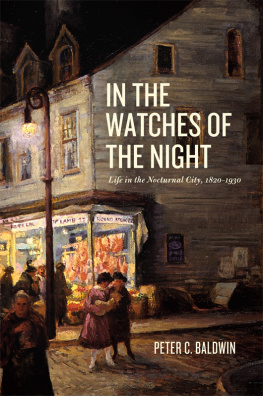

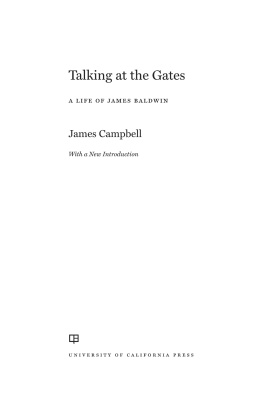
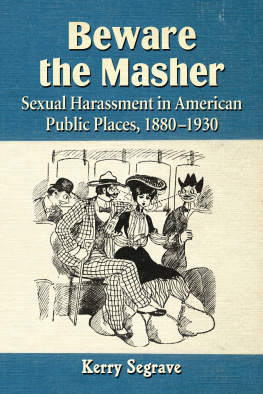
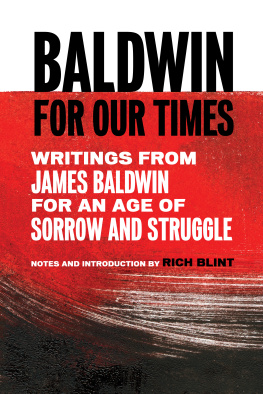
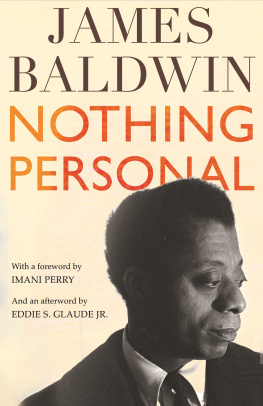
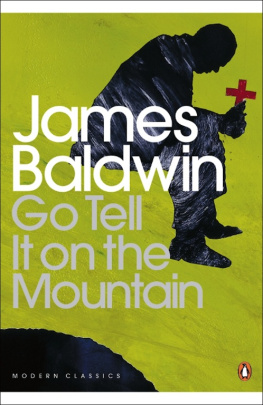
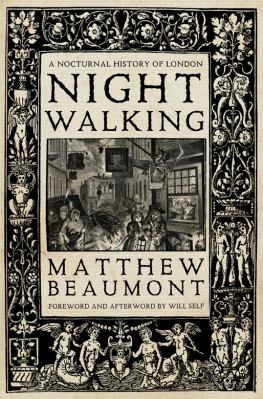

 This paper meets the requirements of ansi /niso z39.48-1992 (Permanence of Paper).
This paper meets the requirements of ansi /niso z39.48-1992 (Permanence of Paper).